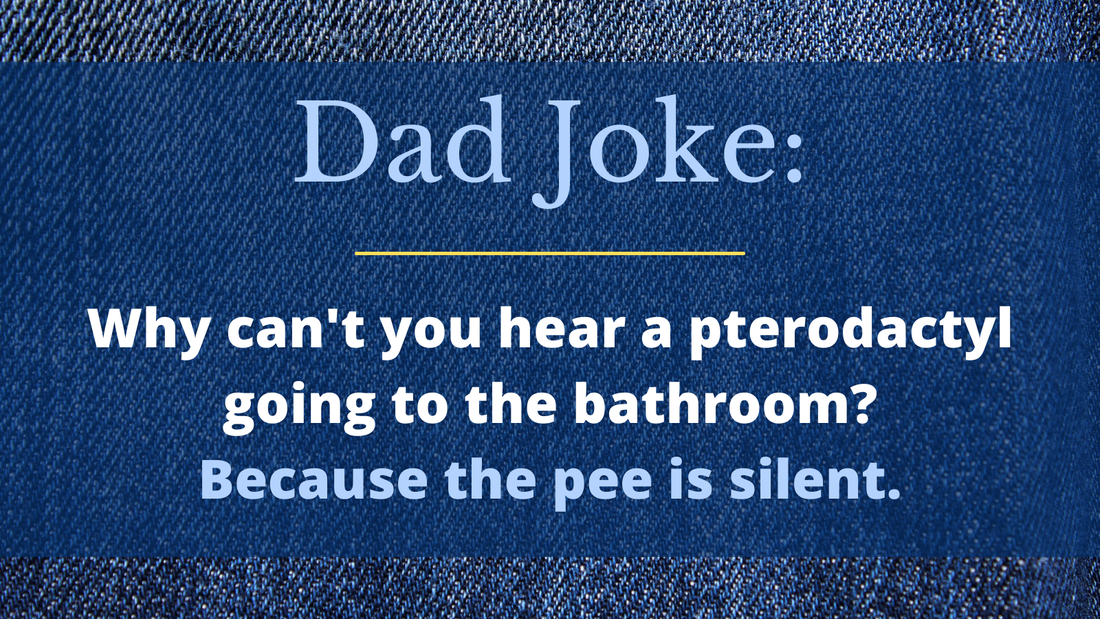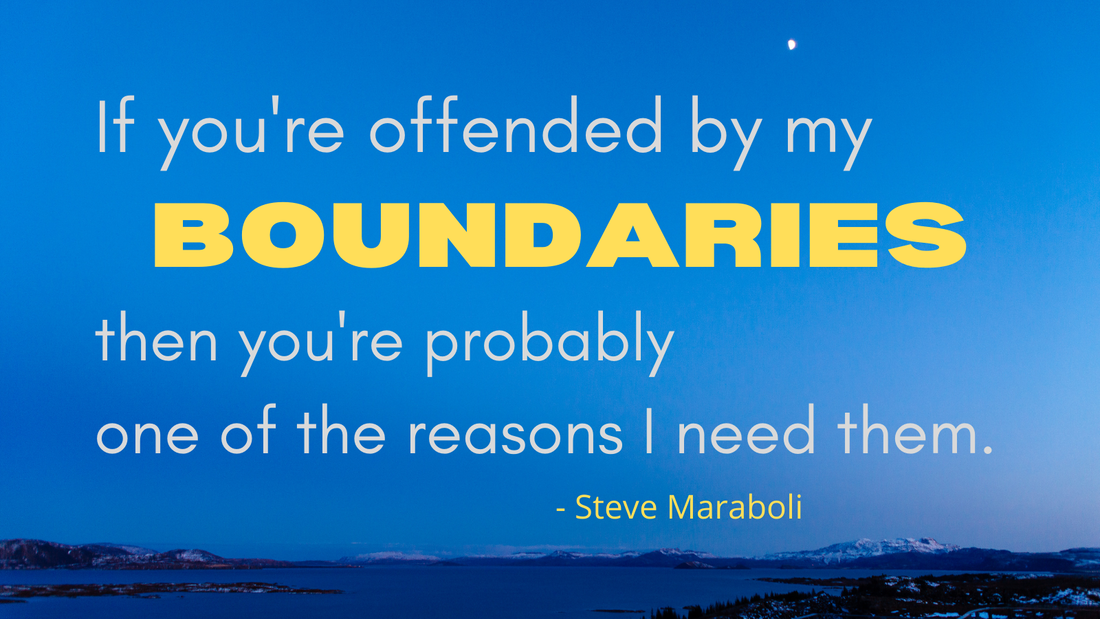|
It’s that crazy time of year. Here’s how to say, “No.” There’s an art and a power in declining. But I’m declining to say no to crunchy tacos while reading poetry by myself, thank you. The key to saying no is to just say it and then STOP TALKING. You don’t need to give excuses, an apology, or an explanation. THIS WEEK, TRY THIS: The next time someone asks you to do something that violates your boundaries (last week’s topic!), simply say, “Thanks, I’ll have to pass on that.” Notice that there is no ‘but’ in that sentence, nor is there an explanation or an apology. Let the other person show their character by either accepting or asking you to do something that goes against your boundaries. RESOURCE: If you feel the need to say ‘no’ a bit more eloquently, try one of these 21 Ways to Say No.
0 Comments
National Bunsen Burner Day (31st) & Lemon Chiffon Cake Day (29th) The science teacher in me has to tip my hat to bunsen burners - everyone should get the opportunity to have a lab of 32 12-year olds acting like they’ve never seen fire before. And Cake! The 28th is actually Black Forest Cake Day, but Lemon Chiffon cake reminds me of the PTO moms we had when I was an administrator. They made the BEST potluck lunches for the staff. One year, Julie B. brought in a lemon chiffon cake that was so good, I hoarded the leftovers in my file cabinet. Then she gave me the recipe. Empathy is when you are able to feel what others are feeling either through emotional empathy (that gut feeling when you feel sad when others are sad, for example) or cognitive empathy (when you can understand the other person’s perspective and attitudes through knowledge rather than emotion). It’s really easy to get tangled in another person’s emotions through empathy. Compassion, on the other hand, allows us to take a step back and while we understand or feel what the other is going through (good or bad), we are able to make rational decisions on how best to help them. Educators are master helpers, so compassion is nothing new. The trick is to help others without getting sucked into their emotional vortex. This week, try this: the next time a coworker talks about how stressed they are, instead of discounting their emotion (“Cheer up!”) or trumping their feelings (“Oh, yes, I’ve been through that many times. One time…”) try extending some compassion. “We don’t have to talk. I’m happy to sit here with you.” or even “I don’t know what to say.” RESOURCE: Compassion For Kids: (from PositivePsychology.com) This extensive article contains definitions, 8 activities to do with students, 7 compassion videos for students, and 8 more activities for adults to do with kids (many of which could be done in the classroom). Even with all these reasons to celebrate, boundaries are important. Setting boundaries is part of self-care and good coping skills. Therefore, I’ll have just one piece of pie, 2 handfuls of chips, and a 3-hour nap, thanks! I like to think of BOUNDARIES as an extension of your identity that are set up for your protection. For example, as a teacher, I might set a boundary that I will not hold myself responsible for all aspects of my students’ lives. If I don’t have boundaries, then who am I? Am I willing to do anything for anyone? RESOURCE:
How to Create Healthy Boundaries from the University of Kentucky not only talks about what boundaries are, but also what some of the barriers may be, such as guilt, safety, or fear. Yeah, so today is National Sock Monkey Day, National Flapjack Day, and the start of National School Breakfast Week. Tomorrow is International Women's Day and Mardi Gras. Find more. Whew! Busy! IDEA "Stop giving people the power to steal your peace. It belongs to you and no one should be able to run away with it.” ~A. Elle " During last week's Mindfulness Monday, we talked about Energy Vampires and how they exist in the darkness of their own low self-esteem and need to feed off of ours. You know the people whom you avoid in the grocery store? The ones you send to voicemail or groan when their name appears in your inbox? When we can recognize them, we can actively work to manage them. We can't always avoid them and we can't use their own tactics against them (why would we sink to their level?), so we need to remain aware of our own boundaries and choose techniques that resonate with us. This week, try this: Use the resource below to identify Energy Vampires and to select a reasonable response. SELF-CARE EXERCISE - Introduction to Meditation In this second in the series of How the Meditate, let's explore the idea of a home base, which can be your breath, your heartbeat, the feeling in your toe (you get the idea), or even an external sound. RESOURCE:
There are 6 types of Energy Vampires and 15 ways to manage them. I just hope you don't self-identify as one of these. If so, the good news is that identification is the first step in recovery. JOKE: Q: After an unsuccessful harvest, why did the farmer decide to try a career in music? A: Because he had a ton of sick beets. Have a great week! |
AuthorSEL Coach Matt Weld creates and delivers in-person and online SEL-related content. Archives
May 2024
Categories |






 RSS Feed
RSS Feed
